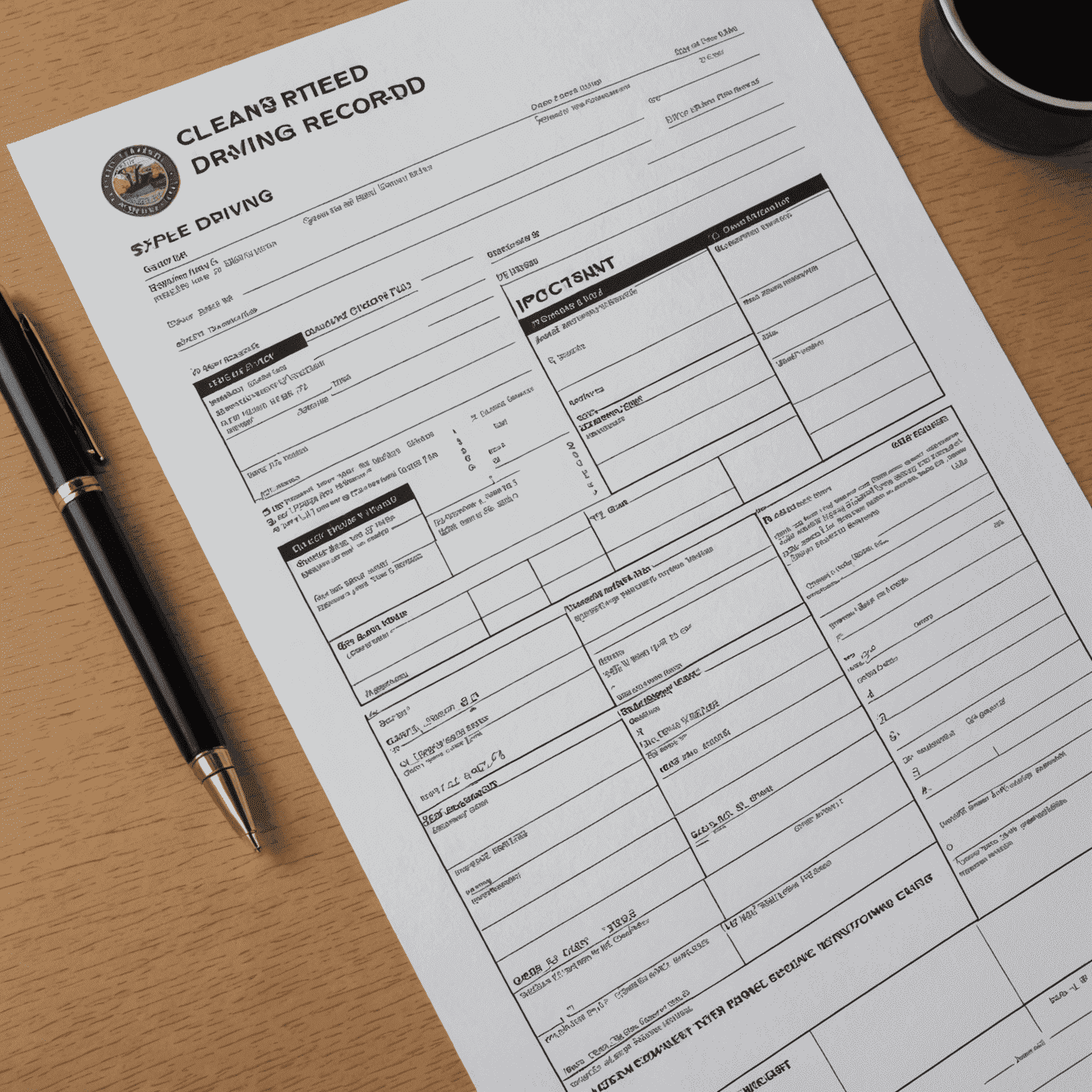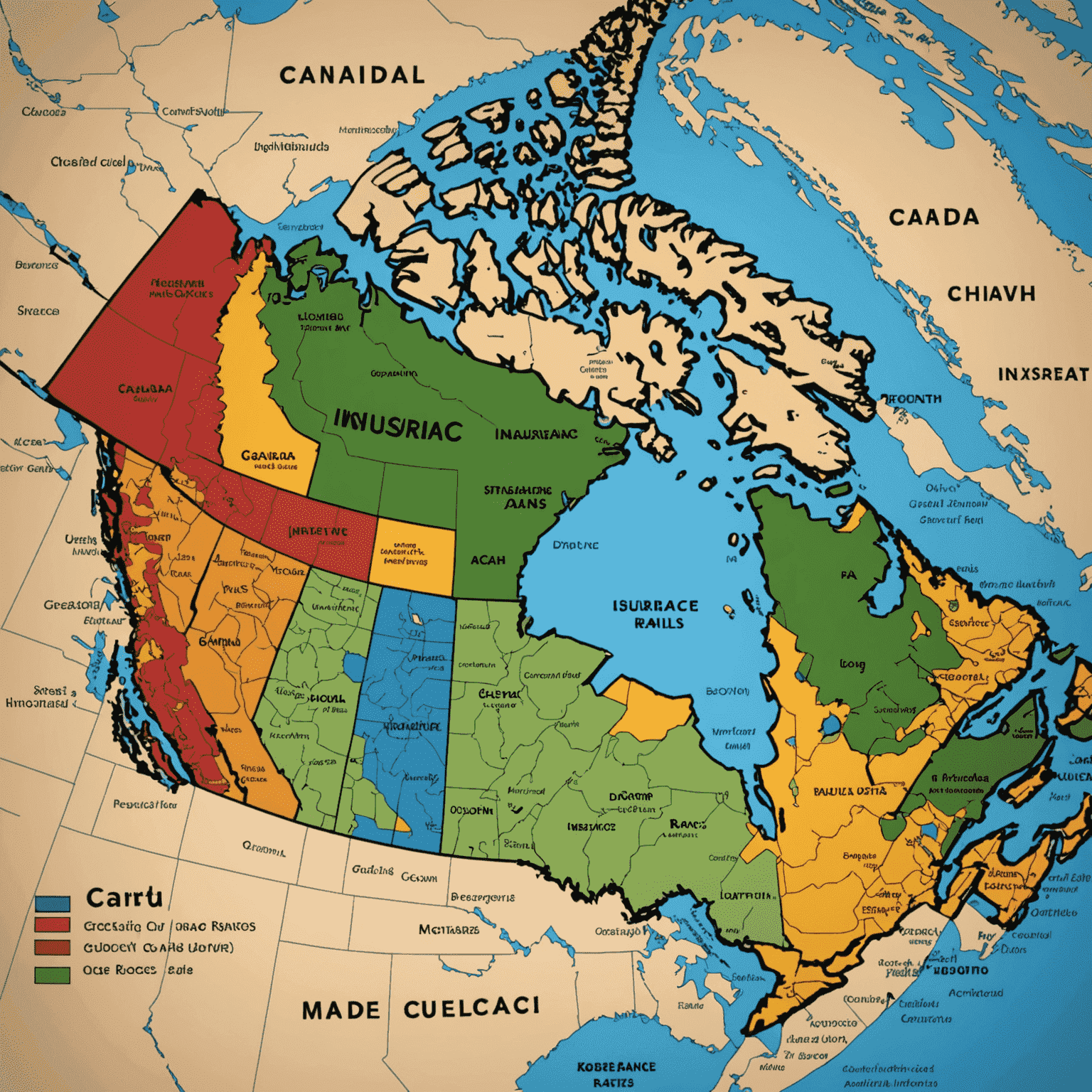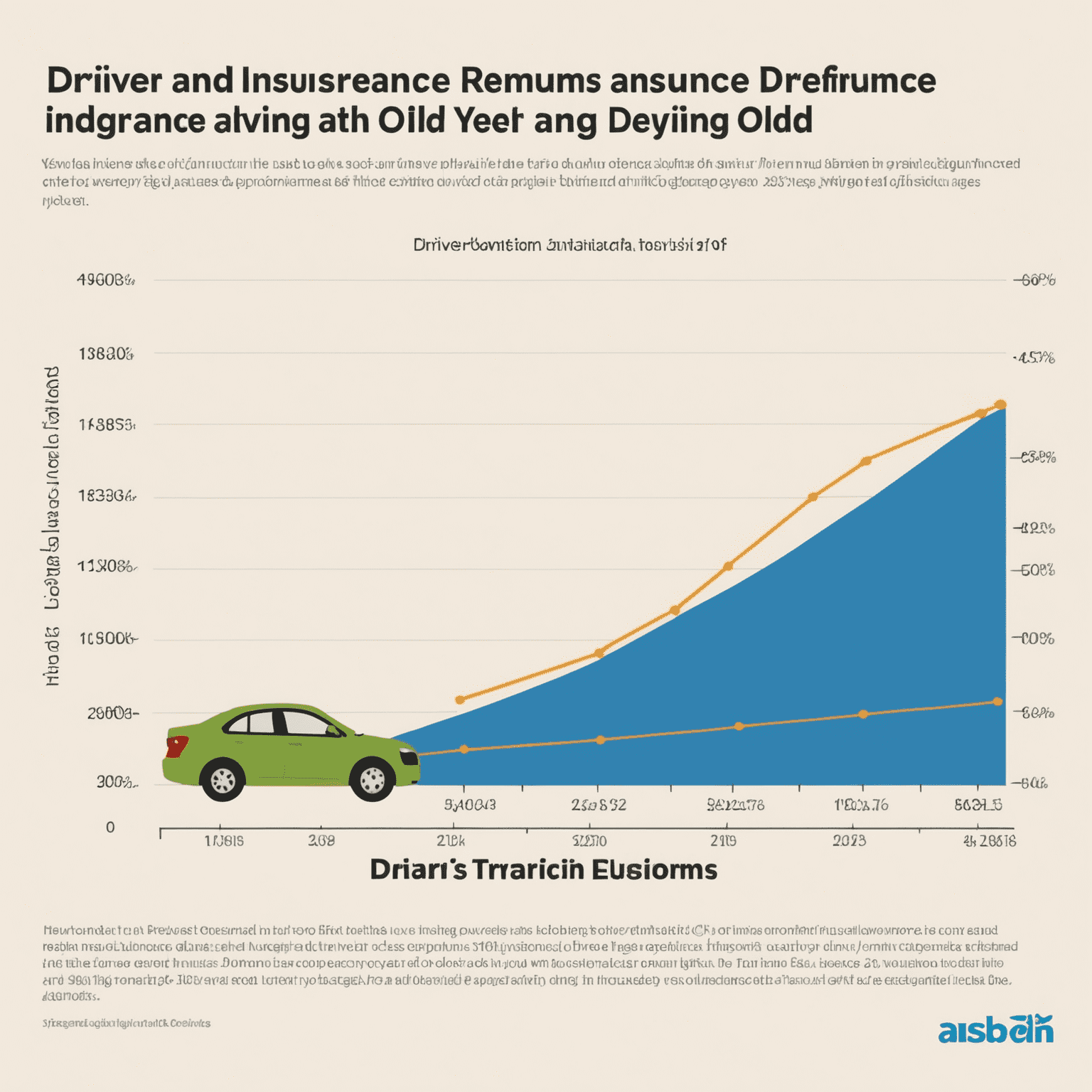Top 5 Factors That Affect Your Auto Coverage Rates in Canada
Understanding what influences your car coverage premium can help you make informed decisions and potentially save money. Here are the five key factors that coverage companies in Canada consider when determining your rates:
1. Driving History
Your driving record is perhaps the most significant factor affecting your auto premium rates. Coverage companies view your past behavior as an indicator of future risk.
- Clean record: Fewer accidents and traffic violations generally lead to lower premiums.
- At-fault accidents: These can significantly increase your rates for several years.
- Traffic tickets: Speeding tickets and other violations can result in higher premiums.

2. Vehicle Type
The make, model, and year of your car play a crucial role in determining your coverage costs.
- Safety ratings: Vehicles with high safety ratings often qualify for lower premiums.
- Repair costs: Expensive or rare cars that are costly to repair typically have higher coverage rates.
- Theft rates: Cars that are frequently targeted by thieves may cost more to insure.

3. Location
Where you live and park your car can significantly impact your coverage rates.
- Urban vs. rural: Urban areas often have higher rates due to increased traffic and higher theft rates.
- Provincial differences: Coverage regulations and claim frequencies vary by province, affecting rates.
- Neighborhood factors: Areas with high crime rates or frequent natural disasters may have higher premiums.

4. Age and Driving Experience
Your age and the number of years you've been driving are important factors in calculating your premium.
- Young drivers: Typically face higher rates due to lack of experience.
- Middle-aged drivers: Often enjoy lower rates as they're considered more experienced and responsible.
- Senior drivers: May see rates increase after a certain age due to increased risk factors.

5. Coverage Type and Deductible
The level of coverage you choose and your deductible amount directly affect your premium.
- Minimum vs. comprehensive coverage: More extensive coverage leads to higher premiums.
- Deductible amount: A higher deductible typically results in lower monthly premiums.
- Additional coverages: Options like collision, comprehensive, or accident forgiveness can increase your rates.

Conclusion
While these factors significantly influence your auto coverage rates in Canada, it's important to remember that each coverage company weighs these factors differently. Shopping around and comparing quotes from multiple providers can help you find the ideal policy for your specific situation. Additionally, maintaining a clean driving record, choosing a vehicle wisely, and adjusting your coverage and deductible can all contribute to more affordable car coverage rates.